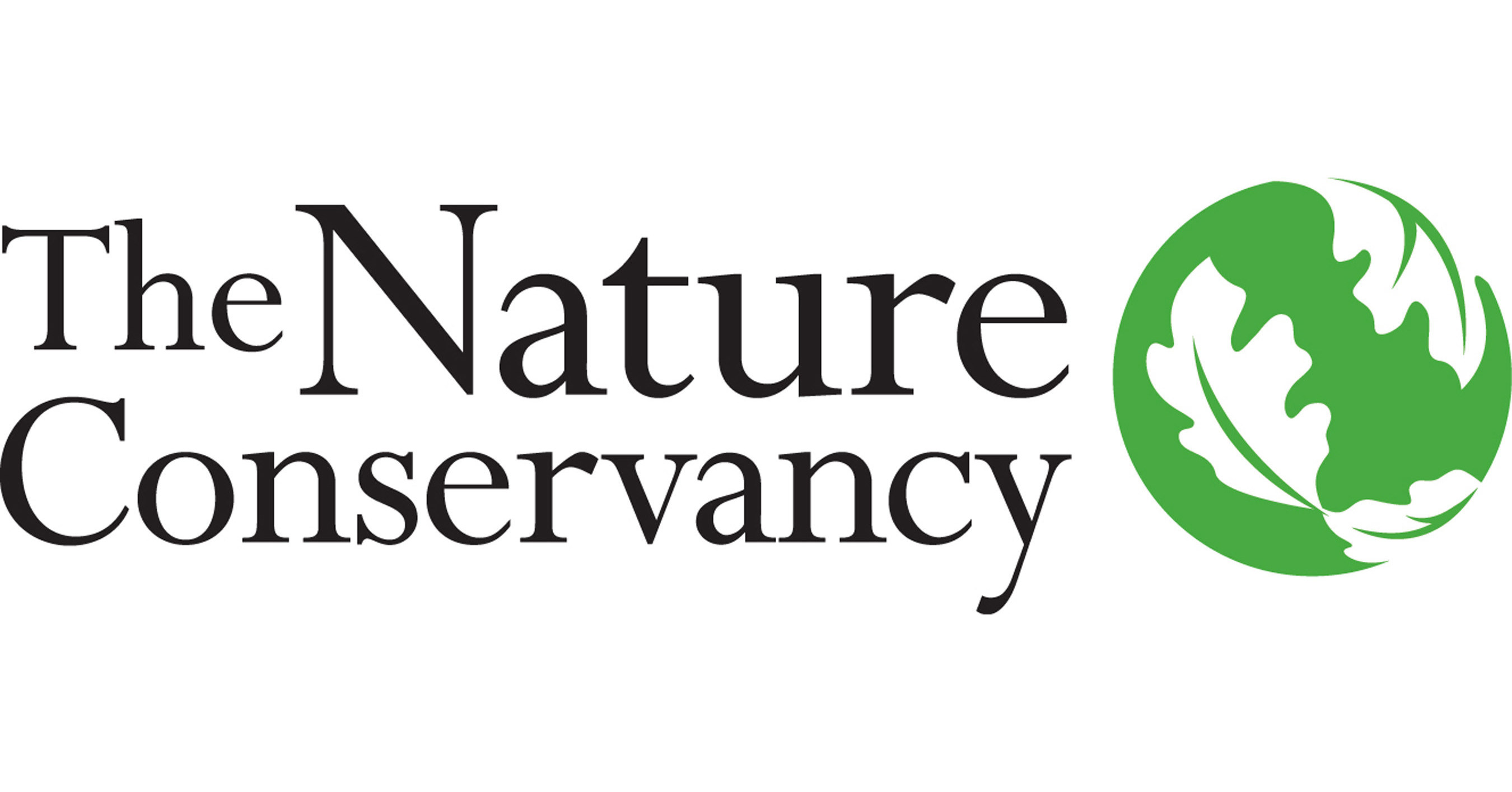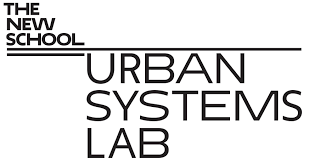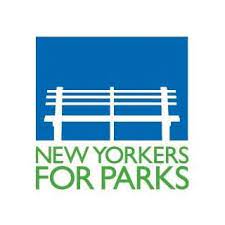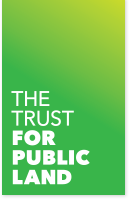Photo by Kevin Rajaram on Unsplash
Valuation of an area’s natural resources helps build knowledge and awareness of the importance of the services and benefits nature provides to humans. Parks and green space in urban areas, in particular, provide aesthetic, recreation, and health benefits which are vital to residents’ well-being. Despite these well-known advantages, cities still experience challenges with funding public parks. Benefit valuation is one way to communicate to decision-makers the importance of continued public funding in natural infrastructure.
The Trust for Public Land (TPL) received funding from the NYC Green Relief & Recovery Fund to document the value of NYC green spaces to support vital investments needed to preserve and enhance the benefits these spaces provide to humans in the City. The benefit valuation was completed with consult to project partners, TPL, The Nature Conservancy, Urban Systems Lab, City Parks Foundation and New Yorkers for Parks and other identified subject matter experts.
The UMD EFC led and performed analyses to estimate the economic benefits of parks and open space in New York City. The UMD EFC worked with GIS data experts from TPL and the University of Delaware Statistics Lab as well as Olena Smith from University of Delaware’s Research Computing Group to perform the following estimation for valuation and economic impact in seven categories:
Benefit Value Estimates
- Enhanced Property Value: The added market value that nearby parks bring to those residential properties and the additional property tax revenue raised at the local level.
- Recreational Use: The dollar value of the benefits received by park users.
- Health Care Cost Savings: The economic value of the health care cost savings that accrue to park users that are physically active in the park system.
- Reduction in Stormwater Runoff: The economic value of stormwater runoff retained by parks in an average year.
- Reduction in Air Pollution: The monetary value of pollution removal by trees and shrubs in parks.
Economic Impact
- Economic Development: Impact of the recreation economy for NYC
- Tourism: Visitor spending by non-resident park visitors.
Thermal impacts of parks and the reduction of health care costs and visits to the emergency department were part of the assessment. There is an existing research gap relating the relationship of park characteristics and other factors that may have the potential to reduce heat stress illness.
*Please contact Jelena Dakovic at jdakovic@umd.edu for an accessible version of the report.
Partners
Sponsor





